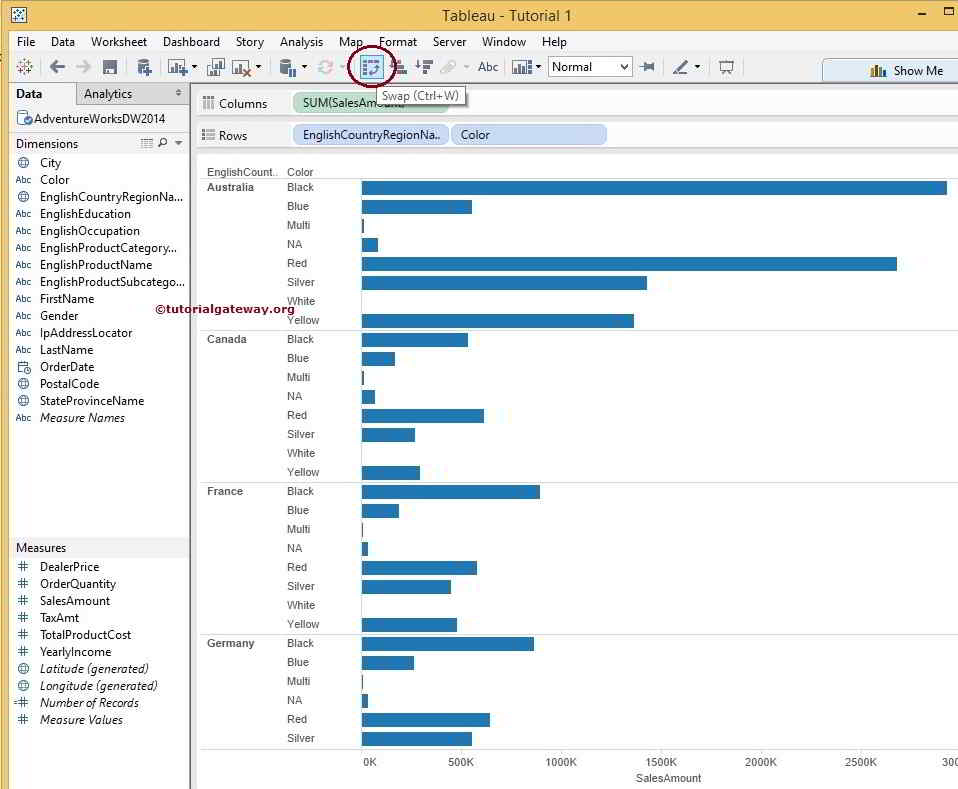

Additionally, a standard SDLC process would need to be followed to implement the new reports, and any future changes or modifications would likely require change requests, coordination between multiple groups, and involvement from IT resources, limiting flexibility and agility and resulting in a similar time-to-value issue as the previous process.


This is a perfectly valid option however it involves identifying and interviewing all of the end users of the tabular-style reports, as well as obtaining their signoff on the design of the new reports, a process that did not meet our customer’s project timeline. They could interview all of the end users of those tabular reports to determine what they’re doing with the information and design new reports that meet those same business use cases but provide actionable information rather than hundreds of rows of data. Instead of continuing to produce tabular-style reports in the traditional BI tool, the customer could undergo a report redesign initiative. The Solution: Tableau Self-Service AnalyticsĪt the start of this engagement, Ironside saw two approaches that could be taken in this situation to streamline the reporting process for our client. It all adds up to costly losses of time and resource availability, causing business stakeholders to make reactive choices based on out-of-date and possibly incorrect results. This process not only offers the potential for inefficiency, but also comes with a high risk of human error (a very real factor when manipulating high volumes of data manually using spreadsheets and flat files) causing inaccuracies in the data. As you can imagine, this is a very time-consuming process that usually ends up being one step behind what’s currently going on in the client’s business, yielding stale results. These reports run on-demand from a traditional, IT-built and delivered (mode 1) BI tool at the request of business users, who then export the data to a flat file or Excel spreadsheet and manually aggregate, manipulate, re-format, and combine it to create something more useful than the initial raw output. My current client maintains several hundred tabular-style production reports. The Challenge: Managing Time and Resources I wanted to share their story with you to show how data discovery tools like Tableau are democratizing data, making it so anyone in your organization can get to the facts they need to be successful in their role and present those insights in highly consumable, professional-grade formats. Tableau is changing their entire philosophy around using the data resources at their disposal, allowing them to make informed and relevant decisions at the exact moment they’re needed. In my work as an Ironside Engagement Manager, I’m seeing this value firsthand on the ground at one of my current clients. It puts data in the hands of the business users who have the most to gain from it in an intuitive manner that allows for rapid visualization and actionable insight through self-service analytics. Tableau’s powerful data discovery and visual analytics capabilities make it an ideal tool for enabling end users to achieve data driven insights at the speed of business.


 0 kommentar(er)
0 kommentar(er)
